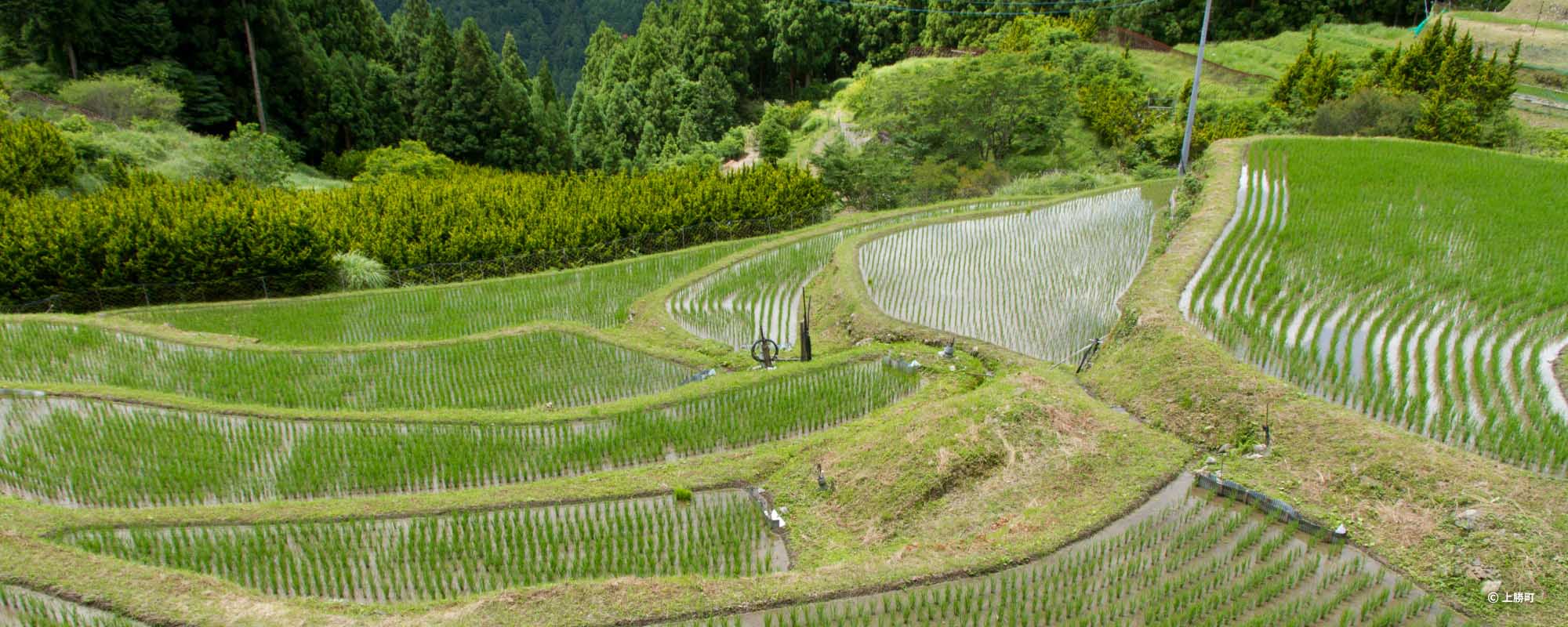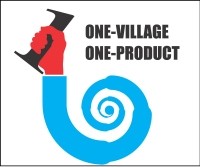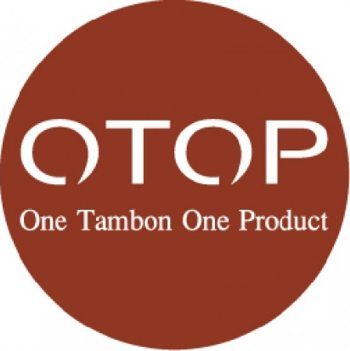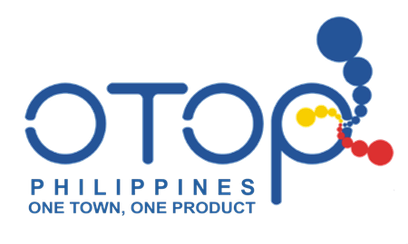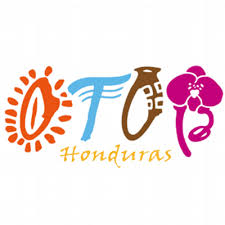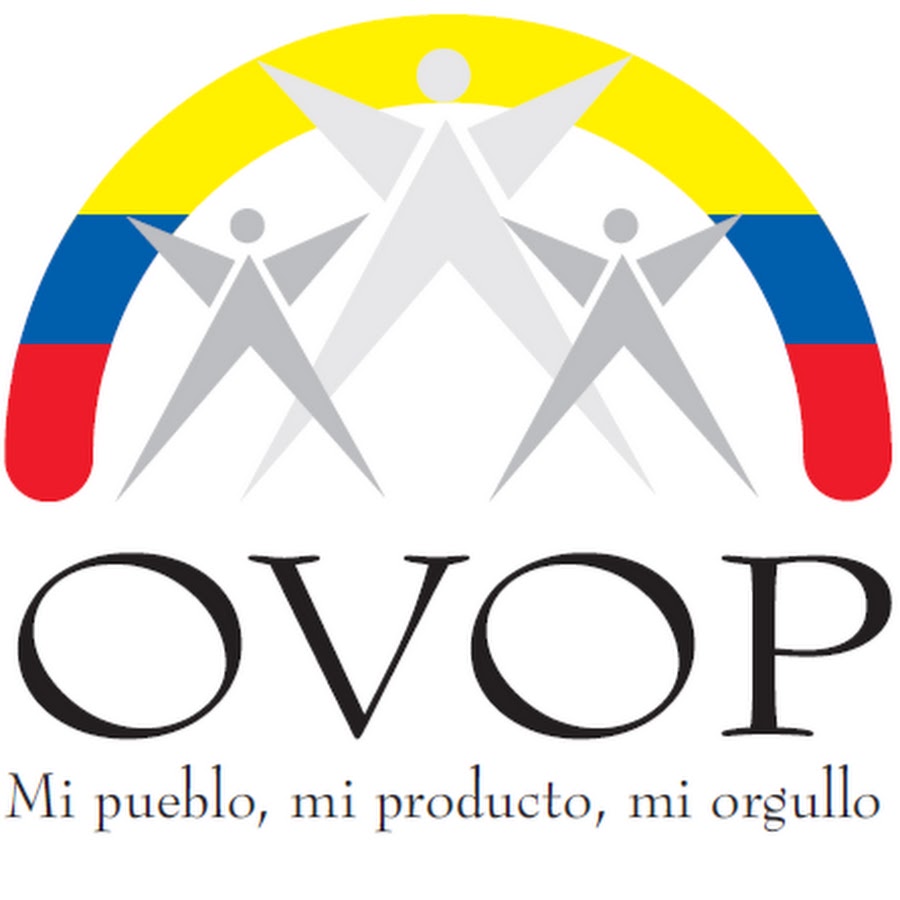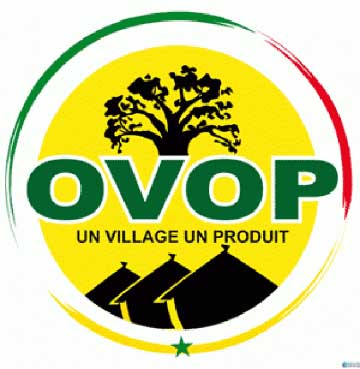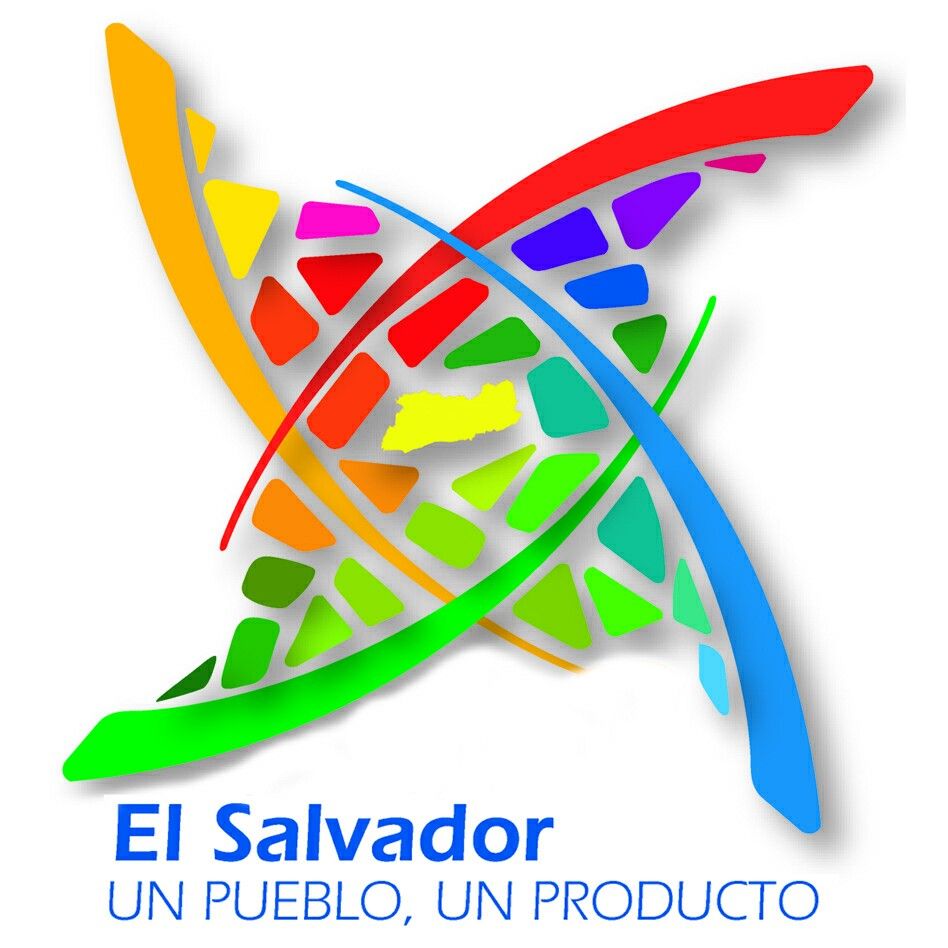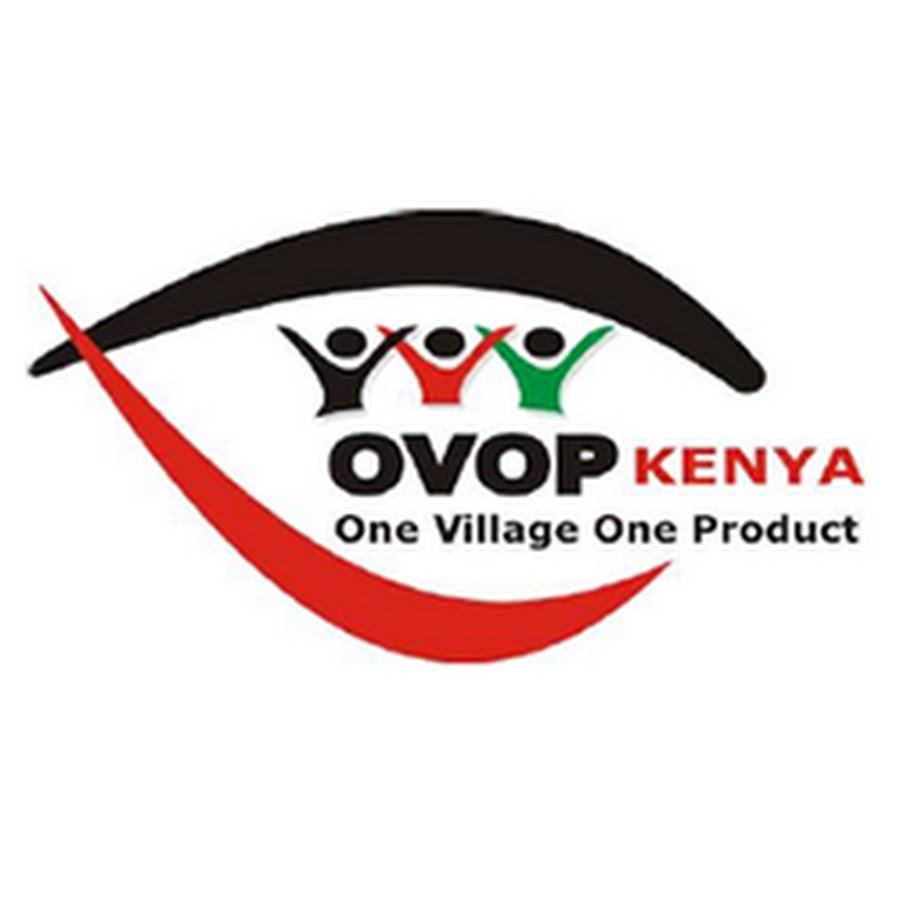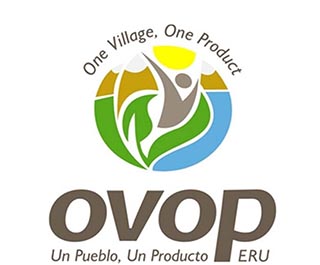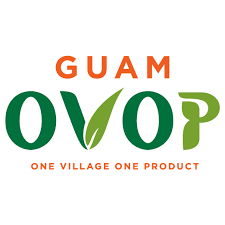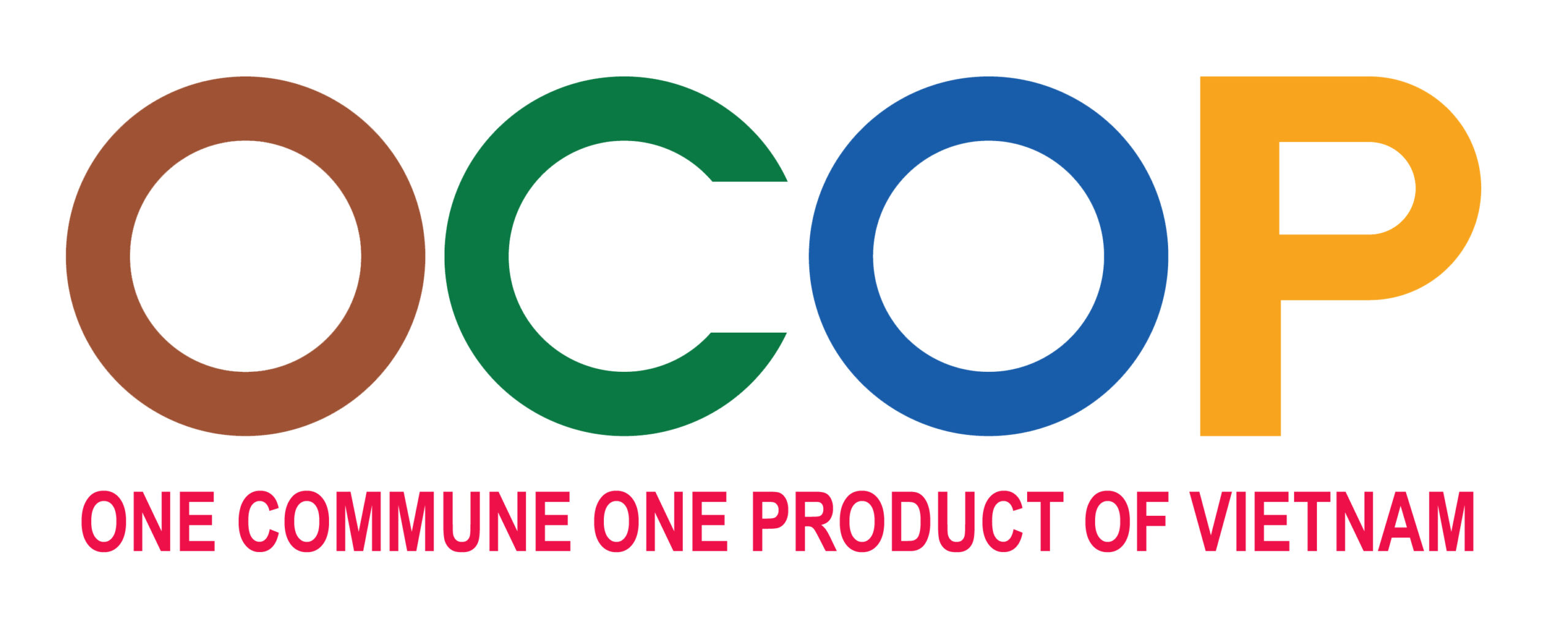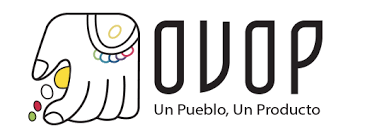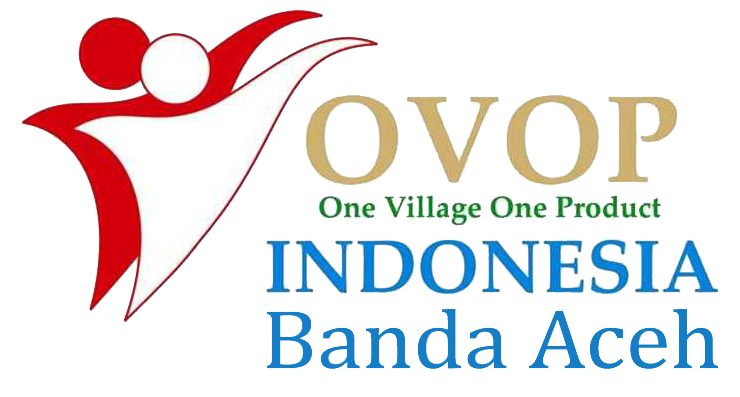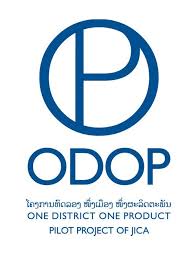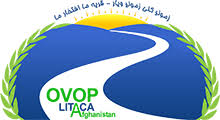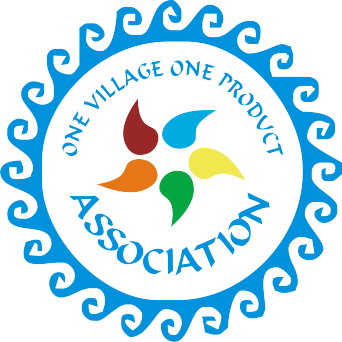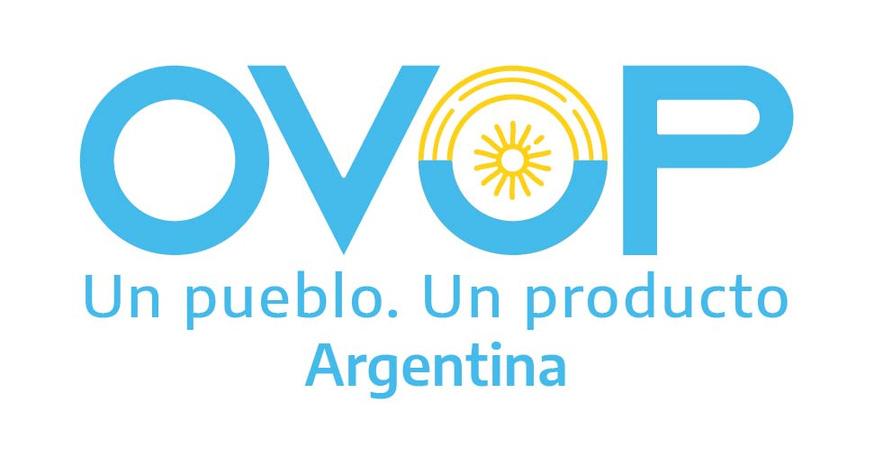Kamikatsu town is located in the mountains of Tokushima prefecture. It used to represent a typical depopulated rural town in Japan, where the population of 6,200 in 1955 has dropped to nearly 2,100 today, 46 per cent of which is over 65 years old. The Irodori project has succeeded in turning the once hopeless town to an invigorated place. The town of Kamikatsu marks 1979 as its key turning point upon the arrival of Mr. Tomoji Yokoishi, then a fresh graduate of the Tokushima Prefecture Agricultural College, who came to work as an agricultural cooperative extension worker. Upon reaching the gloomy town, where farmers earned meagre incomes from small rice fields in the deep valleys, he asked himself what can be done to prevent the imminent demise of the town. The answer came to him while dining at a sushi restaurant in Osaka when his attention was caught by young girls sitting at a nearby table. He realized that they were not excited by the sushi but by the small colourful leaves that were used to artfully garnish the dish. Kamikatsu not only has trees with beautiful leaves in abundance, but it could provide a wide variety of leaves and small flowers, which seem to be in demand by high-end Japanese restaurants as tsumamono for dish presentation throughout the year. In addition, unlike heavy oranges, leaves can be easily handled by Kamikatsu’s elderly population.
Despite the initial negative reactions from town folks to his idea, unfazed and determined, Mr. Yokoishi continued to campaign for support especially among the elderly female farmers. In 1986, Mr. Yokoishi together with some supporters initiated the Irodori Project as a town cooperative. The sales value in the initial year, however, was only 1.2 million yen (around US$10,000). With untiring efforts in gathering information and spending most of his salary in expensive Japanese restaurants in Tokushima, Osaka and Kyoto, Mr. Yokoishi gradually learned product development and marketing techniques, and quickly worked together with his supporters to improve the Irodori project. As the group accumulated the necessary know-how on product development, quality control, distribution and marketing, the number of participants gradually increased and the brand image of the Irodori Project began to take shape. The sales value of the project increased to 50 million yen in five years and to 170 million yen in ten years. Over the period of 20 years since the project started, farmers participating in the project increased their annual income ten-fold. This has been accompanied with a constant increase in the number of products from a few dozens of basic products initially to about 300 products in each season now. All new products have been developed by individual farmers, who utilize local resources that are most ubiquitous in the town. Partly because all members of Irodori are closely connected with the markets in major cities of Japan through computer information system, and partly because they frequently visit high-end Japanese restaurants in various cities in order to find how their products are actually used and what kind of products is appreciated there, they can rethink about their resources always with a fresh outlook, leading to the sustained development of new products.
The operation of Irodori Project today is supported by a highly modern and complex system of soft and hard infrastructure that has been developed gradually over the 20 years. Each farmer needs newest information (e.g. yesterday’s prices) as well as longer-term information (i.e., past trend and future projection). Such information is collected and processed by the Irodori Cooperative, and is provided to individual farmers through the computer system. Each morning, while monitoring information on the computer and faxing this information, each farmer decides how much of each product will be supplied, and accordingly notifies the Cooperative of his decision. Then, each farmer collects leaves, sprigs and flowers from its land, and packs them for shipping. All packages are collected at the Agricultural Cooperative of Kamikatsu before 4 pm. Special trucks are used to transport them either to nearby cities or to the Tokushima airport where they are airfreighted to Tokyo and other remote cities.
In short, out of sheer desperation, a young outsider (Mr. Yokoishi) together with local people succeeded in developing a unique OVOP movement in a remote town through sustained efforts over 20 years, in which unique products have been constantly developed by utilizing creatively the seemingly ordinary resources (leaves, senior citizens, and land in deep mountain). Given that differentiated products with brand reputation (Irodori brand) can absorb high transport costs to major markets without losing much demand, the remoteness of location has not hindered the development of a successful OVOP movement, albeit with the support of appropriate infrastructure. The key for the sustained development of such an OVOP movement has been the innovative environment in which all individual participants are well connected to the rest of the world.






